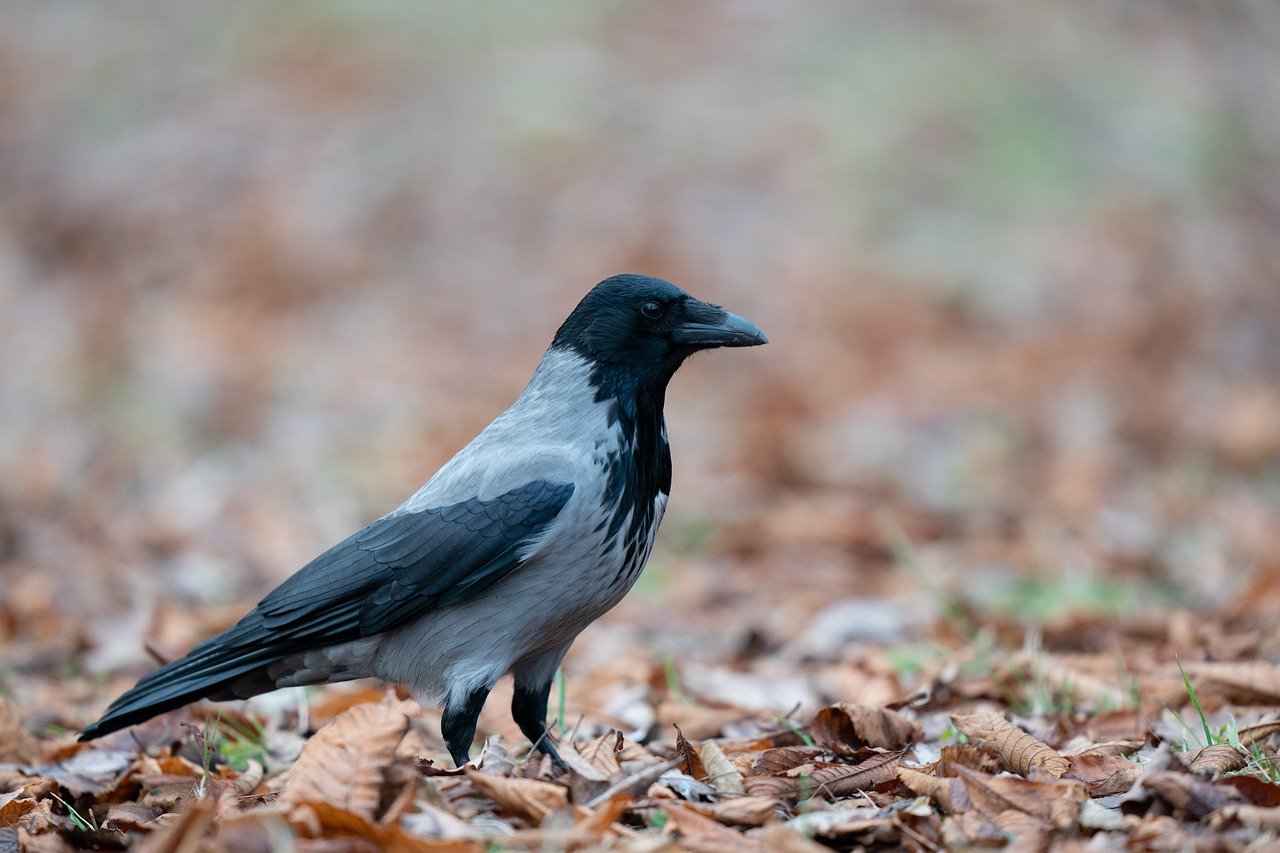Nesting biology of the Hooded Crow Corvus corone cornix in a mixed residential–agricultural area in southern Sweden
DOI:
https://doi.org/10.34080/os.v20.22633Keywords:
breeding success, nest site selection, population studiesAbstract
We studied 11 active and 29 old nests of Hooded Crows Corvus corone cornix in a mixed residential-farmland landscape (3.6 km2) in southern Sweden in 2009. The density of active nests was 3.06/km2 land area and 7.33/km2 forest area. Thirty-eight nests were in pine-dominated forest and two in private gardens. All nests (active and old) were in pine trees Pinus sylvestris, and sample plots around nest trees had the following characteristics (means): 350 tree stems/hectare, 1,487 bushes/ hectare, and canopy cover 8%. Distance to the nearest active Crow nest averaged 234 m, but variation was large. Mean distance from nests to nearest forest edge was 19 m and to the nearest inhabited building 68 m. Nests were placed near the tree top (mean height 11 m) in all cardinal directions but with a significant bias towards the south. Seven out of 11 (64%) active nests produced fledglings (mean 1.2 nestling/successful nest). Breeding success was higher in nests that were close to another crow nest. Compared with previous studies, hatching success was high but final fledgling production was low.
Downloads

Downloads
Published
How to Cite
Issue
Section
License
Copyright (c) 2010 Rebecca Hessel, Johan Elmberg

This work is licensed under a Creative Commons Attribution 4.0 International License.
The copyright of each contribution belongs to the author(s), but all contributions are published under a Creative Commons license, so that anyone is free to share and reuse the contribution as long as the copyright holder is attributed.







